Amiodarone
All content is checked by medical journalists.Amiodarone is used to treat irregular heartbeat. The active ingredient was developed in 1961 and is now contained in numerous drugs. It is generally considered to be very effective, but can lead to serious side effects. For this reason, amiodarone is only used as a second choice in the treatment of cardiac arrhythmias. Here you can read everything you need to know about amiodarone.
This is how amiodarone works
In order for the heart muscle to regularly pump blood around the body, its cells must be stimulated evenly. This excitement recedes again and again in between. So-called ion channels are involved in these processes: through them certain charged particles (ions) flow into and out of the cells when excited or when the excitation recedes.
In the case of cardiac arrhythmias, this steady alternation between excitation and regression of the excitation is disturbed: As a result, the heart muscle can no longer contract rhythmically - the result is an irregular heart rate. If such irregularities occur frequently, adequate blood flow to the body is no longer guaranteed. In this case, treatment with so-called antiarrhythmics (agents against cardiac arrhythmias) may be necessary.
A representative of these antiarrhythmics is the active ingredient amiodarone. It blocks various ion channels (potassium, sodium and calcium channels) and thus inhibits excessive excitation of the heart muscles. This normalizes the heart's beating rate.
Uptake, degradation and excretion of amiodarone
Amiodarone is absorbed into the blood from the intestine in varying amounts (25-80 percent). It is then broken down in the liver and excreted mainly in the stool.
Because the active ingredient accumulates in adipose tissue, it can take up to 100 days after stopping the drug for amiodarone to be completely removed from the body.
When is amiodarone used?
The active ingredient amiodarone is used for cardiac arrhythmias (such as atrial fibrillation) when other antiarrhythmics have been ineffective or should not be used.
This is how amiodarone is used
Amiodarone can be injected in acute cases, but treatment is usually given in the form of tablets.
The dosage is 600 to 1,000 milligrams daily for the first eight to ten days. After that, the daily dose is gradually reduced to 100 to 200 milligrams.
Reason for this procedure: Amiodarone accumulates in adipose tissue. However, only that part of the active substance that is in the blood is effective, which is why an “amiodarone saturation” of the adipose tissue is necessary at the beginning of the treatment. For this reason, too, the effect only occurs after about two weeks.
In older patients in particular, this special “distribution” of the active ingredient in the body requires regular dose control by the attending physician.
What are the side effects of amiodarone?
Very often, i.e. more than ten percent of those treated, amiodarone can cause side effects such as skin rashes and blurred vision due to deposits on the cornea.
Often (in one to ten percent of patients) there are black-violet, reversible skin discolouration, thyroid disorders, tremors, sleep disorders, slow pulse rate (bradycardia), low blood pressure (hypotension), muscle weakness and changes in the lungs with unproductive coughing and breathing difficulties.
Occasionally (that is, in less than one percent of patients) taking amiodarone leads to decreased sexual desire (libido), disturbances in the conduction of excitation in the heart, fatigue and gastrointestinal complaints. Kidney dysfunction can occur even more rarely.
What should be considered when taking amiodarone?
Amiodarone should not be used in certain cases:
- Heart rate too low (less than 55 beats per minute, so-called "bradycardia")
- Thyroid disease
- certain changes in the ECG (QT time prolongation)
- simultaneous treatment with so-called MAO inhibitors such as tranylcypromine, moclobemide, selegiline and rasagiline (for depression and Parkinson's disease)
- pregnancy and breast feeding period
pregnancy and breast feeding period
Amiodarone should only be taken by pregnant women in urgent emergencies, as there is evidence that the active ingredient can cause harm to the unborn child. However, very little data are available on use during pregnancy.
In the case of a planned pregnancy, amiodarone should be discontinued six months in advance so that there are no more amiodarone residues in the body at the time of fertilization.
If it is unavoidable during breastfeeding or if amiodarone was taken during pregnancy, the newborn must not be breastfed as the active ingredient passes into breast milk.
Age restrictions
There is so far insufficient experience with the use of the active ingredient in children and adolescents. Treatment should only be carried out after the doctor has carefully weighed the benefits and risks.
limitations
The skin is particularly sensitive to light ("photosensitization") while taking amiodarone. Therefore extensive sunbathing should be avoided.
Interactions
Because amiodarone is only excreted from the body very slowly, interactions with other drugs must be expected for up to six months after the drug is discontinued.
Amiodarone increases the effects and side effects of the following active substances:
- Phenytoin (anti-epilepsy drug)
- Ciclosporin, tacrolimus (suppress the immune system, for example after transplants or in autoimmune diseases)
- Cholesterol lowering drugs (statins)
- Midazolam (for anesthesia)
- Dihydroergotamine, ergotamine (for migraines)
The following substances increase the effect of amiodarone:
- Digitalis (for cardiac dysfunction)
- Grapefruit juice
The simultaneous use of the following drugs and amiodarone can lead to a potentially life-threatening cardiac arrhythmia ("torsade de pointes tachycardia"):
- certain active ingredients against bacterial, parasite and fungal infections (erythromycin, co-trimoxazole, pentamidine, moxifloxacin)
- Antimalarial agents (quinine, mefloquine, chloroquine)
Laxatives, water tablets (diuretics), glucocorticoids ("cortisone") or amphotericin B (fungus medicine) lead to low potassium levels in the blood. Simultaneous use with amiodarone can also lead to "torsade de pointes tachycardia" or other cardiac arrhythmias.
Driving and using machines
Even with the correct dosage, amiodarone can severely impair the ability to react. Experts therefore recommend avoiding active driving and operating heavy machinery during treatment.
How to get amiodarone medication
Medicines with amiodarone are highly effective medicines, the success of which must be checked regularly by the doctor. This is why these drugs are only available from pharmacies with a doctor's prescription.
How long has amiodarone been known?
Amiodarone was developed in 1961. Chemically optimized active ingredients with fewer side effects are now available. Amiodarone is therefore only used as a second-choice remedy for cardiac arrhythmias.
Tags: eyes Diseases Diagnosis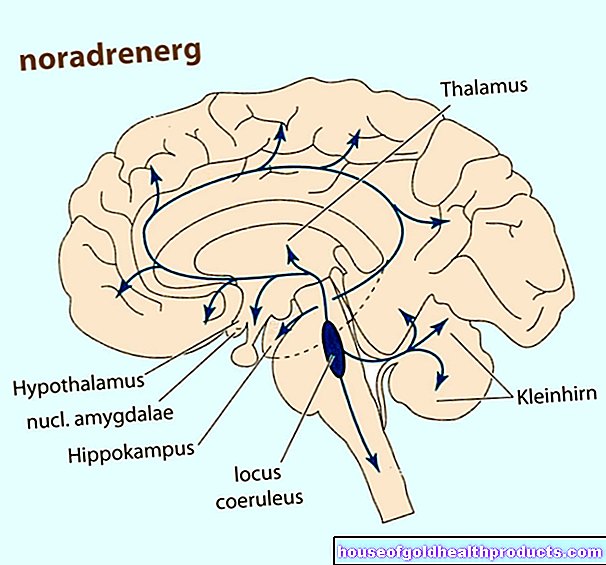

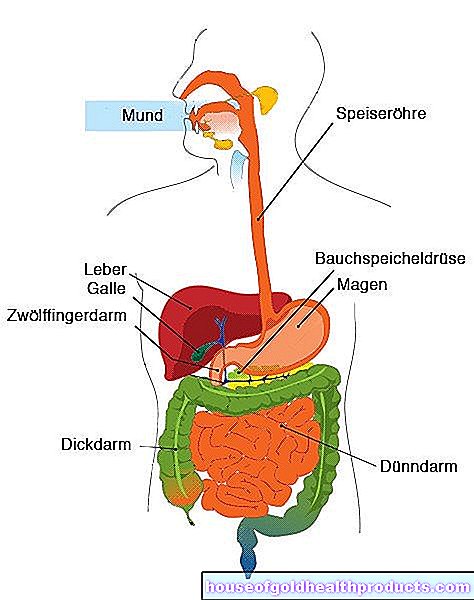













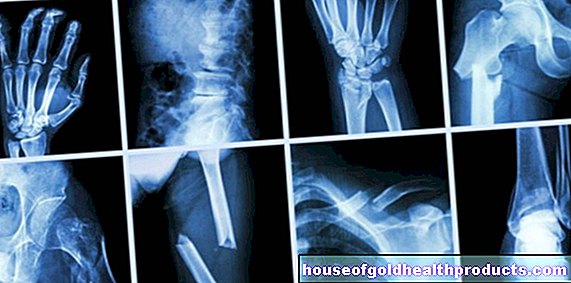
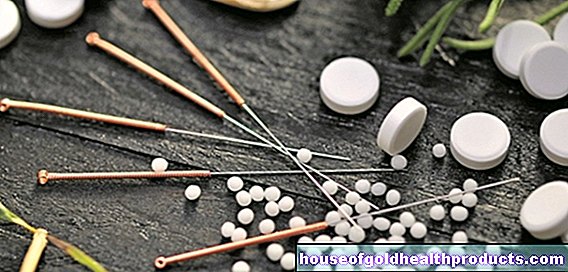



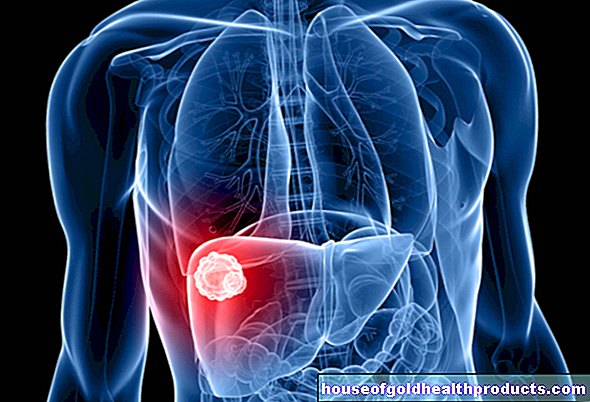



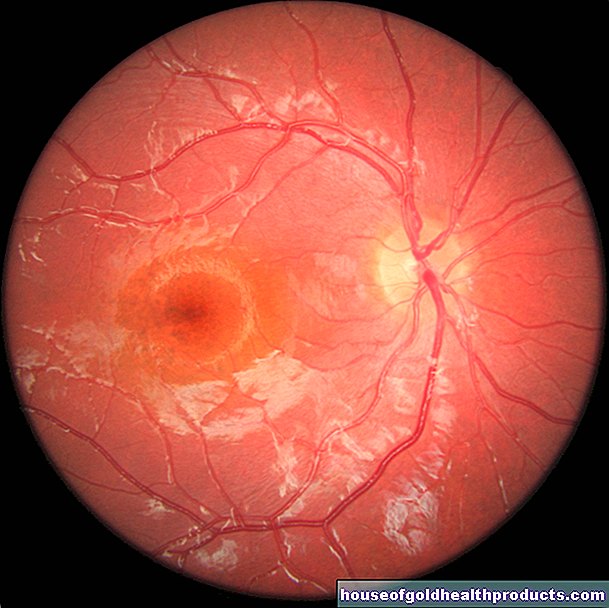
.jpg)



